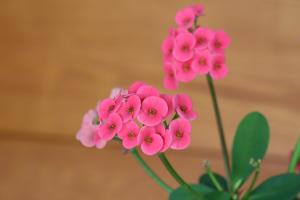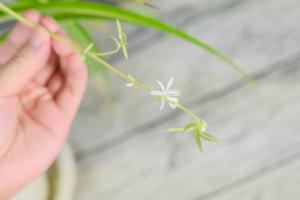1、 Soil:
Breaking blue has a strong ability to absorb fertilizer, so it is appropriate to use loose, fertile, good permeability and strong water storage soil for cultivation
2、 Illumination:
Blue is a long day crop. Sufficient light helps to grow rapidly. Breaking blue has strong adaptability to light intensity and low light saturation point, which is 30-50klx
3、 Watering:
Breaking blue has a strong demand for water, and the soil must be kept moist at any time. However, it is not suitable to accumulate water in the field, otherwise there will be hypoxia in the root, which will affect normal growth, reduce yield, and even cause plant death in serious cases
4、 Temperature:
Boran likes a mild and humid climate, but it can also adapt to high and low temperatures. It can resist low temperatures of - 15 ℃ and high temperatures above 35 ℃. The suitable temperature for growth is 15-20 ℃
5、 Precautions:
The main disease of blue breaking is quenching disease. Before sowing, a small amount of lime water and pentachloronitrobenzene can be used to disinfect and prevent the soil in advance when finishing the seedbed soil. At the same time, attention should be paid to the ventilation and light transmission of the seedbed to prevent the occurrence of sudden collapse disease. The common pests are Plutella xylostella and aphid. Insecticide spraying can be used to control pests, and trapping and killing technology can also be used to trap and kill pests. The effect is better than insecticides, and it is also safe for humans and animals

 jackfruit
jackfruit snake plant
snake plant hibiscus
hibiscus hydrangea
hydrangea lavender
lavender Green roses climb al...
Green roses climb al... If you don't pay att...
If you don't pay att... Management of four g...
Management of four g...


































